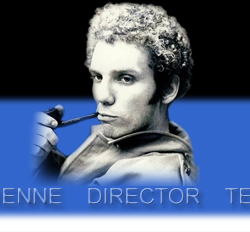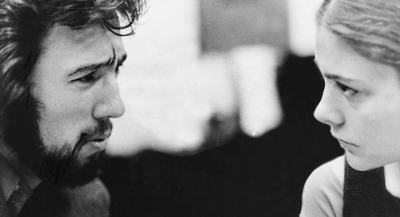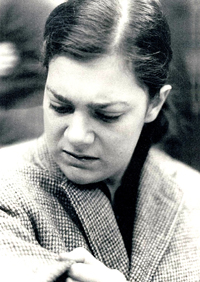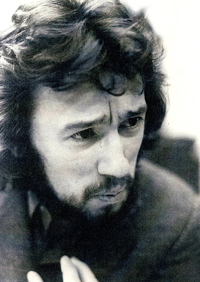Characters Developed Through the Life Studies Technique,
in the play, Allan Gardens
Life Studies
by Cheryl Cashman, December 2011
'Life Studies' is a characterization technique which I initiated in 1972 when directing my first professional show in
Toronto at the Toronto Free Theatre (now Canadian Stage).
I was staying at the apartment of a previous graduate of the University of Alberta Don McQuarrie,
which was situated directly across the street from Allan Gardens park.
When Martin Kinch called me to direct a show he stipulated that the script had to be Canadian.
When Martin invited me down to the theatre to choose a script I said: "I already have one."
I looked out the front window and added: "It's called 'Allan Gardens'." It's about the people in the park." "Fine," he said.
I had been trained as a Classical Director and had at that moment no idea of how to go about doing this play.
I gathered five actors from the University of Alberta whom I had previously worked with, and did with them a series of voice,
movement and ensemble exercises (involving coming to neutral - this in order that a character would not be a
pastiche upon their already - existing personalities).
Then I sent them out to observe people in the park with the stipulation that after each individual character
they observed they would write down exactly what they saw and exactly what they heard.
When presenting their characters in rehearsal we would again do the series of voice, movement and ensemble exercises
and coming to neutral. Then I would give them time to look over their notes and we presented the characters in rounds,
so that no one character bled into the other. Later, actors requested that another actor portray them in a scene
so that they could enact the character they had observed. One-liners grew to monologues and dialogues became scenes
between characters, as the observation sessions progressed. This resulted in a production with an extraordinary sense
of authenticity, and an unprecedented depth of engagement from the audience.
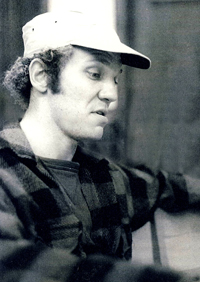 |
 |
 |
| Isaac |
Nail Polish Lady |
Pigeon Lady |
Next we did 'Street Signs' about public places in Toronto (streetcars, bars, lunch counters),
and eventually in 1975 'City - The Toronto Show' at Theatre Passe-Muraille.
In 'City' the first act consisted of realistic scenes from all over the city and the second abstracting from that and extending to the use of mask,
choral song and choreography.
Over the years I have taught this technique followed by a showing of the work, in various master classes, Colleges and University theatre programs.
This winter I have compiled these experiences and exercises for a book to be published entitled "Life Studies: a Characterization Technique for The Theatre".
I, myself, have used this technique combined with a sensibility derived from Clowning to create the characters in my one-woman solo shows received with critical and popular acclaim. When I have had the opportunity to precede the teaching of Scene Study with that of Life Studies I have found this to elicit from the actor a palpably greater depth and detail in their character portrayals.
Top of Page
|

